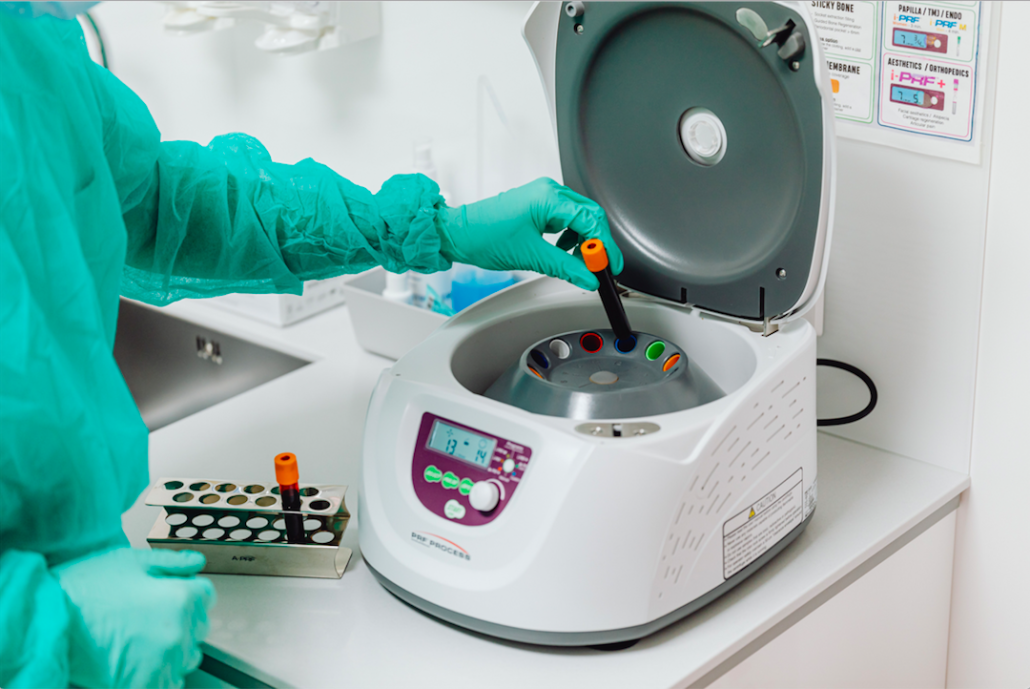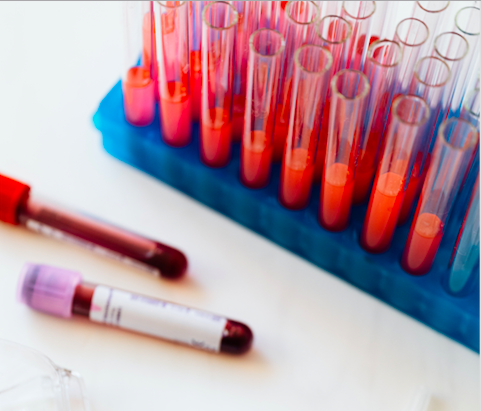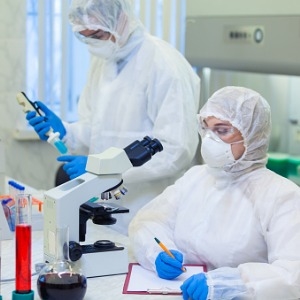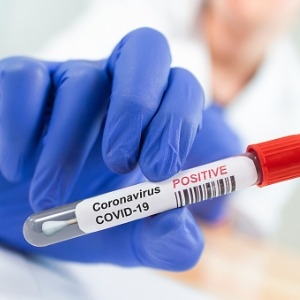Blood Cancer Treatment
Introduction to Blood Cancer Treatment:

The type of blood cancer you have, your age, how quickly it is spreading, and where it has spread are just a few of the variables that will affect your treatment.
A multidisciplinary care team that treats blood cancer patients strives to eradicate the hematologic malignancies, lessen the likelihood of a relapse, and provide supportive patient care to keep them healthy, lessen their side effects, and preserve their quality of life.
Your hematologic oncologist will create a thorough treatment strategy in collaboration with the rest of the cancer care team that will cover:
- Targeted therapy
- Chemotherapy
- Radiation therapy
- Immunotherapy, such as CAR T-cell therapy
- Stem cell transplantation
Your cancer care team may suggest a variety of supportive care services, such as nutritional and/or naturopathic assistance, pain management, psychological counseling, and physical therapy, to help lessen or prevent the adverse effects of your treatment and hasten your recovery.
Targeted therapy
It accomplishes its task by employing medications created to look for characteristics exclusive to certain cancer cells or ones that affect their behaviour. Enzymes, proteins, or gene alterations may be among these traits and may be what’s causing the disease to spread. The usage of drugs is mainly for targeted therapy as they directly attack cancer cells or to improve the efficacy of conventional cancer therapies like chemotherapy. Additionally, the utilisation of radiation treatment or surgery is in conjunction with medications.
A sort of precision blood cancer treatment, targeted therapy is a type of chemotherapy (drug therapy). Targeted treatment focuses medications to certain characteristics of cancer cells, in contrast to traditional or standard chemotherapy, which targets rapidly proliferating cells throughout the body, whether they are malignant or not. The goal of conventional chemotherapy is to eradicate cancer cells that the body has already produced. Targeted treatments aim to obstruct or stop cancer cells from replicating and limit the growth of new cancer cells. Targeted treatments are less likely to destroy normal cells than conventional chemotherapies because of how they operate differently.
Chemotherapy
One of the most popular treatments for many diseases is chemotherapy, sometimes referred to as “chemo.” These anti-blood cancer medications function by specifically targeting cancer cells that are proliferating quickly throughout the body or in a particular location of the body. Systemic chemotherapy is another option when chemotherapy medications reach cancer cells through the bloodstream. Regional chemotherapy refers to the use of medications to target a particular region of the body.

Radiation Therapy
Radiation treatment, commonly known as radiotherapy, employs focused radiation, such as X-rays and radioactive materials, to kill cancer cells, reduce tumor size, and/or treat some cancer-related symptoms. Doctors use high-energy X-rays and other types of radiation treatment to harm cancer cells’ DNA, killing them or preventing them from proliferating or dividing.
Radiation treatment does not instantly eradicate cancer cells. It sufficiently damages blood cancer cells’ in the DNA over several days or weeks. This may also be over the course of treatment. By doing this, the cells either completely die or lose the ability to proliferate. One of the most popular forms of cancer treatment is radiation therapy. The administration of radiation therapy to at least half of all patients takes place for the treatment of blood cancer. Malignant and benign tumors can both be treated with radiation treatment.
Immunotherapy
The broad category of cancer medications known as immunotherapy stimulates the immune system to combat cancer cells. Cancer cells vary from healthy cells in that they do not naturally expire. Thus, they multiply like an uncontrollable copy machine that won’t stop making copies. These aberrant cells regularly transform or mutate. Due to this, they receive help to avoid detection by the immune system, which defends the body against infections and illness. Drugs used in cancer immunotherapy are intended to warn the immune system. The warnings are about the altered cells so that it can find and eliminate them.
However, a type of immunotherapy known as chimeric antigen receptor (CAR) T-cell therapy makes use of the immune system to attack cancer. It entails altering a few immune cells in the patient’s body. By doing this, they can more effectively combat and eradicate cancer cells. Patients with multiple myeloma or certain blood malignancies for whom other treatments have failed may benefit from it.
Stem Cell Transplant for Blood Cancer
Stem cell research advancements have reduced problems and increased patient benefits. As a result, bone marrow, circulating (peripheral) blood, or umbilical cord blood are used to harvest healthy stem cells. The body is then intravenously fed with these blood-forming stem cells to replace sick or damaged bone marrow. Where the healthy stem cells are obtained determines the type of stem cell transplant:
- Autologous stem cell transplant uses the stem cells collected from the patient’s own body.
- Allogeneic stem cell transplant uses stem cells collected from a matching donor.
Transplantation aims to promote fresh bone marrow development, control the illness, and lessen the chance of recurrence.
Prior to the transplant, the patient will go through conditioning. The goal of this treatment plan is to eradicate as many cancer cells as possible. This is achievable by frequently by using intense chemotherapy or radiation treatments.
Your physicians will continue to check your blood levels for several months after the transplant. They could also decide to recommend infusions of red blood cells and platelets if necessary.
















Leave a Reply
Want to join the discussion?Feel free to contribute!